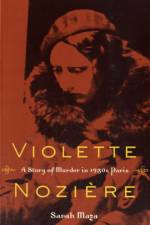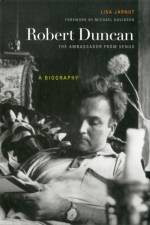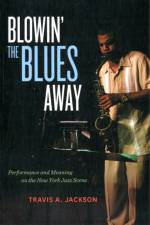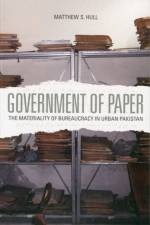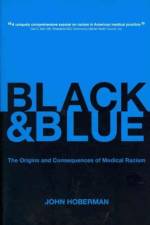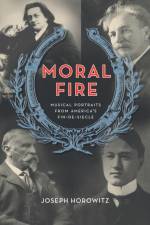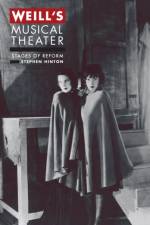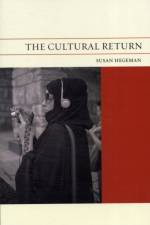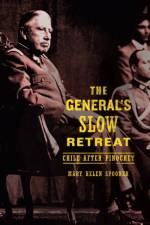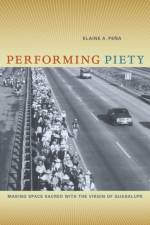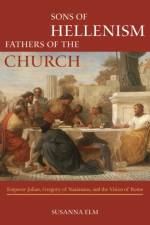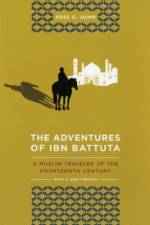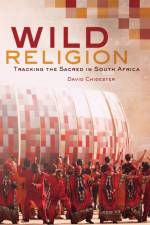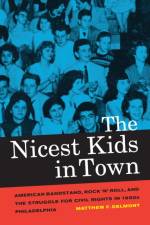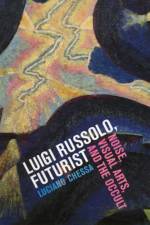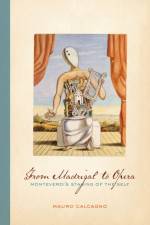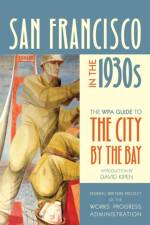- Tracking the Sacred in South Africa
av David Chidester
475
Wild Religion is a wild ride through recent South African history from the advent of democracy in 1994 to the euphoria of the football World Cup in 2010. In the context of South Africa's political journey and religious diversity, David Chidester explores African indigenous religious heritage with a difference. As the spiritual dimension of an African Renaissance, indigenous religion has been recovered in South Africa as a national resource. Wild Religion analyzes indigenous rituals of purification on Robben Island, rituals of healing and reconciliation at the new national shrine, Freedom Park, and rituals of animal sacrifice at the World Cup. Not always in the national interest, indigenous religion also appears in the wild religious creativity of prison gangs, the global spirituality of neo-shamans, the ceremonial display of Zulu virgins, the ancient Egyptian theosophy in South Africa's Parliament, and the new traditionalism of South Africa's President Jacob Zuma. Arguing that the sacred is produced through the religious work of intensive interpretation, formal ritualization, and intense contestation, Chidester develops innovative insights for understanding the meaning and power of religion in a changing society. For anyone interested in religion, Wild Religion uncovers surprising dynamics of sacred space, violence, fundamentalism, heritage, media, sex, sovereignty, and the political economy of the sacred.

